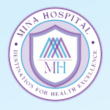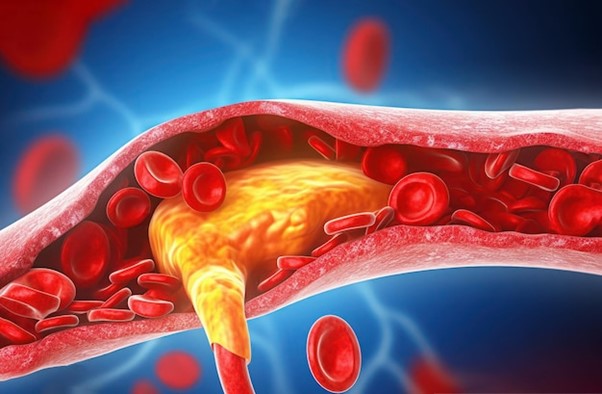What is Dyslipidemia?
Dyslipidemia is a health condition marked by abnormal levels of lipids in your blood.
Lipids include cholesterol and triglycerides, both vital yet harmful when in excess.
Cholesterol is split into LDL (bad cholesterol) and HDL (good cholesterol).
Dyslipidemia can cause an imbalance in these, leading to heart disease.
This is why understanding dyslipidemia is essential. You must know the difference between normal and abnormal lipid levels.
Normal levels maintain balance, reducing health hazards.
Abnormal levels, however, can increase risks, thereby making awareness to tackle dyslipidemia vital for everyone.
Causes and Risk Factors of Dyslipidemia
Certain dietary elements influence dyslipidemia.
Diets high in unhealthy fats are major culprits.
Lifestyle choices, such as smoking, inactivity, and obesity, heighten the risk.
Genetics also play a part; if family members have it, your risk increases.
Some medical conditions can worsen dyslipidemia, acting as triggers for this imbalance. Being aware of these factors can help you adopt dyslipidemia lifestyle changes early on. Recognizing these dyslipidemia risk factors helps in creating a proactive approach to your health.
Addressing these factors significantly mitigates the chances of developing serious complications.
Recognizing Symptoms of Dyslipidemia
Identifying dyslipidemia symptoms can be tricky. Some may experience few to no remarkable signs. You might notice fatigue or chest pains when it worsens.
Often, it silently progresses, making regular health check-ups crucial. This silent threat of dyslipidemia is why awareness and monitoring are fundamental.
Diagnosing Dyslipidemia
Dyslipidemia requires precise identification through tests.
The dyslipidemia diagnostic process usually involves a lipid profile blood test.
This test sheds light on your cholesterol levels. Understanding this enables better preparation, such as fasting. Delving into your medical history is an integral part of diagnosing.
It helps in measuring the dyslipidemia risk factors associated. Having this understanding ensures that diagnosis is aligned effectively with each individual’s profile.
Treatment Options for Dyslipidemia
There are several dyslipidemia treatment options for managing the condition. Medications, are prescribed to reduce cholesterol.
In some cases, combining medications is necessary for optimal results.
For many, lifestyle changes represent a key strategy.
Altering diet, engaging in regular exercise, and eliminating negative habits play crucial roles in treatment. Tips include:
- Eating healthy, low-fat meals.
- Introducing regular physical activity.
- Eliminating smoking and excessive alcohol intake.
Committing to these changes paves the way for better control over your lipid levels. It’s a step towards not only managing dyslipidemia but also leading a healthier life.
Effective Home Remedies for Managing Dyslipidemia
Several home remedies can assist in dyslipidemia management. Including natural foods with benefits like turmeric, coriander, and amla can help.
These ingredients help reduce cholesterol levels naturally. Soluble fibers, like those in oats and nuts, effectively manage cholesterol.
Following a balanced diet, rather than falling for unhealthy choices, is key.
However, it’s essential not to solely rely on these remedies. They serve as supplements to broader lifestyle alterations for treating dyslipidemia.
Advantages and Limitations of Home Remedies
Home remedies offer several benefits, including weight management and improved digestion. However, they work slower than conventional treatments and might interact with certain medications. So it’s important to consult a professional. They are best used as supportive measures, not replacements for medical advice.
Preventive Measures for Dyslipidemia
Preventive actions such as regular screenings can catch dyslipidemia early. Embracing healthy lifestyle choices, like balanced diets and regular exercise, maintains better overall health.
Additionally, managing associated health conditions reinforces cardiovascular health, helping to avert potential threats effectively.
Conclusion and Call to Action
This guide covers the essentials of dyslipidemia, its risk factors, and treatments.
Integrated lifestyle changes and therapies can significantly manage the condition.
Early detection and lifestyle adaptations are crucial in combating dyslipidemia.
For personalized care and advice, consult with Mina Hospital professionals for tailored plans and guidance.
Addressing dyslipidemia early with the right tools makes the journey smoother and health outcomes positive.


